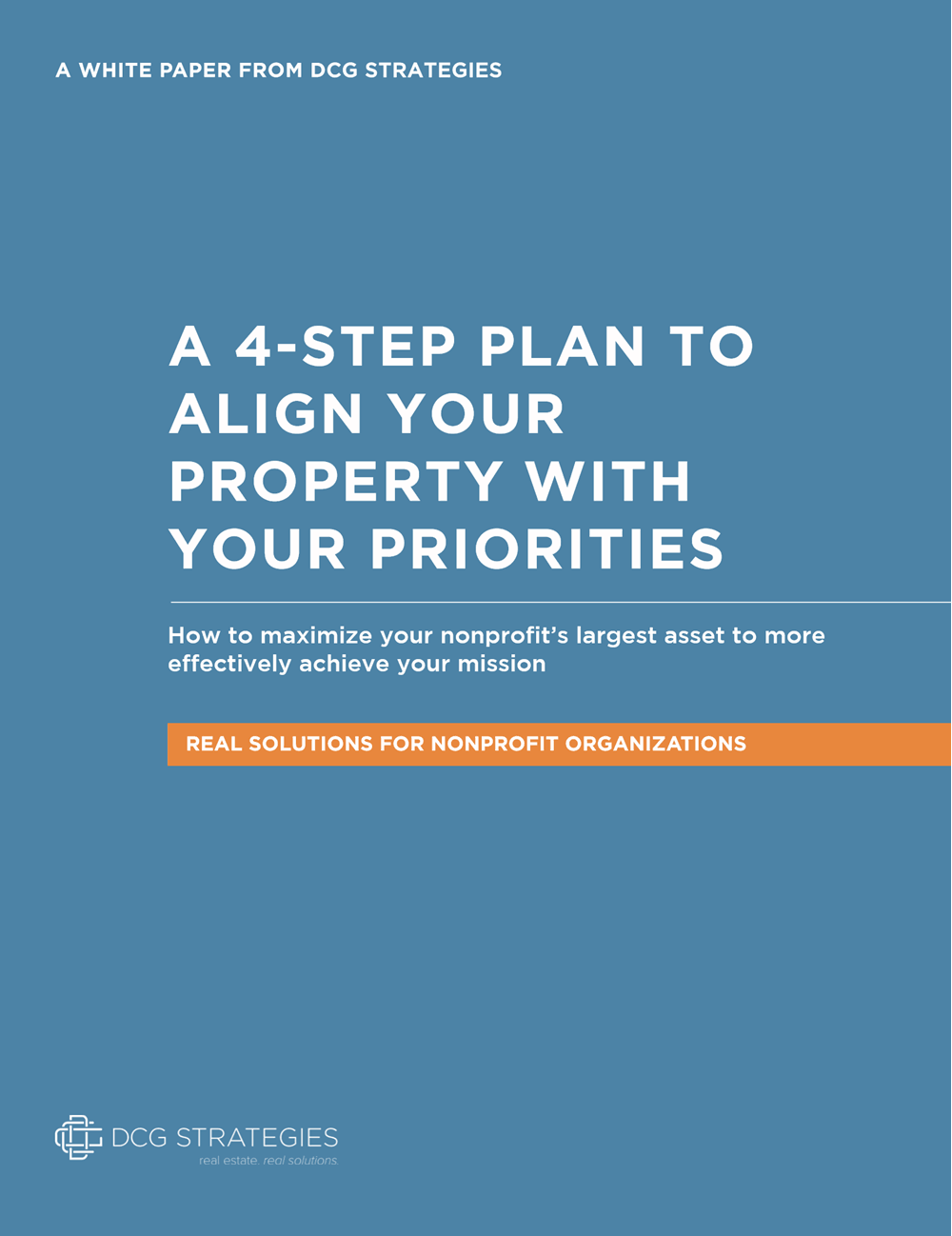An old school can become a blight or an opportunity. Districts must first make the hard decision to dispose of them. Credit: Flickr CC user alamosbasement
The decision to close a school is never an easy one. People tend to be passionate about their old school buildings; they have fond memories of gathering around their lockers and gossiped between classes. They like to think back on the old gym and fields where they played or watched their teams, and they enjoy browsing trophy cases and pictures that line the halls.
However, schools do close quite frequently across the United States. According to national statistics, anywhere from 1,200 to 2,200 schools shut each year.
The question is: what do you do with them? An old school presents some unique challenges. For one, it is built for a specialized use– to teach students in classrooms. It isn’t like a warehouse that has a large open space with multiple possible uses, an empty tablet to create something new. It isn’t an old Main Street office building that can be gutted and turned into retail or apartments. An old school will usually only work as another school of a similar size or as a project for anchor tenant that needs lots of space and has the money to take on some extensive renovations.
Districts Have Special Challenges in Selling an Old School
Aside from the design challenge, districts almost always have the added problem of convincing the community that it is a good idea to sell an old school. The community often has a hard time accepting the permanent closure of their old school. Parents and former students hope for a day that a wave of new students will enter the district, and their old school can reopen. It also doesn’t help that the districts often recoup a mere fraction of what the community invested in the school. The building and property are often sold for pennies on the dollar because the district finds it more expensive to hold on to the problem than to unload it at some cost.
Districts often feel pressure to mothball a building, which means weatherizing it, keeping it minimally heated and maintaining the grounds. In this condition, the building can sit for years. This option can also end up costing a lot of money. According to one 2010 report, Milwaukee public schools spent more than $1 million annually maintaining 27 surplus schools.
So when costs rise, districts often eventually come to the painful conclusion that it is best to dispose of the building. The most obvious (and popular) option for a district is to sell or lease the property to another school. In some respects, California is a special case in this regard. The state is leading the way in the charter-school movement, and state law mandates that public school districts have to make space available for approved charter schools. When a California school district has surplus property to lease or sell, it has to give charter schools the first shot at the building.
Leasing Space to Charter Schools Isn’t Always the Answer
That being said, public schools are often not suitable for charters. The relationships between semi-private, independent charters, and public districts often becomes strained in California. For example, the Los Angeles school district is wrangling with the Westchester charter school over space. The district has offered the charter the opportunity to co-locate with one of its public schools in an underused building 6 miles away, but that offer has yet to be accepted. It is unclear how this controversy will play out, but it’s possible that the charter school will simply strike out on its own. It had been renting space in a church, which was sold. The charter may decide that its independence means more than the convenience of moving in with a public school.
The point is that these marriages often don’t work, and the public school district is left with the remaining problem of an empty or underused building.
Some Cities Have Repurposed Old Schools
Many cities that closed multiple schools have repurposed the buildings. Take Kansas City, for example, which 39 closed school buildings during the downturn. The district was able to sell some of these buildings quickly. Two were sold to private schools and one was repurposed as a senior living center. The district planned to market the majority of the buildings to private and charter schools and senior living complexes. It also offered to let community clubs use the buildings that didn’t garner any interest from developers.
Tulsa, Okla. also has several defunct school properties, and succeeded in selling many of them. What the Kansas City and Tulsa initiatives had in common was the fact that the districts actively involved the community in their decisions and sought input before moving forward. When a district makes the hard decision to close a school, it must make the equally hard decision on whether to keep it or sell it off. The community has to be involved, or the process becomes even more painful and divisive.
These properties can be highly enticing opportunities for developers. The building and land are often being offered at reduced prices. However, taking on a closed school can be incredibly challenging. A developer needs to expect that it will be a highly public, and possibly controversial project, but one that can ultimately be profitable and good for the entire community.
If your district has surplus property to rent or sell, or you are looking for a former school to buy, you don’t have to go it alone. You can get a thorough analysis of the market with all the available options from a consultant whose community values align with your own. Contact DCG Real Estate today to learn more.





